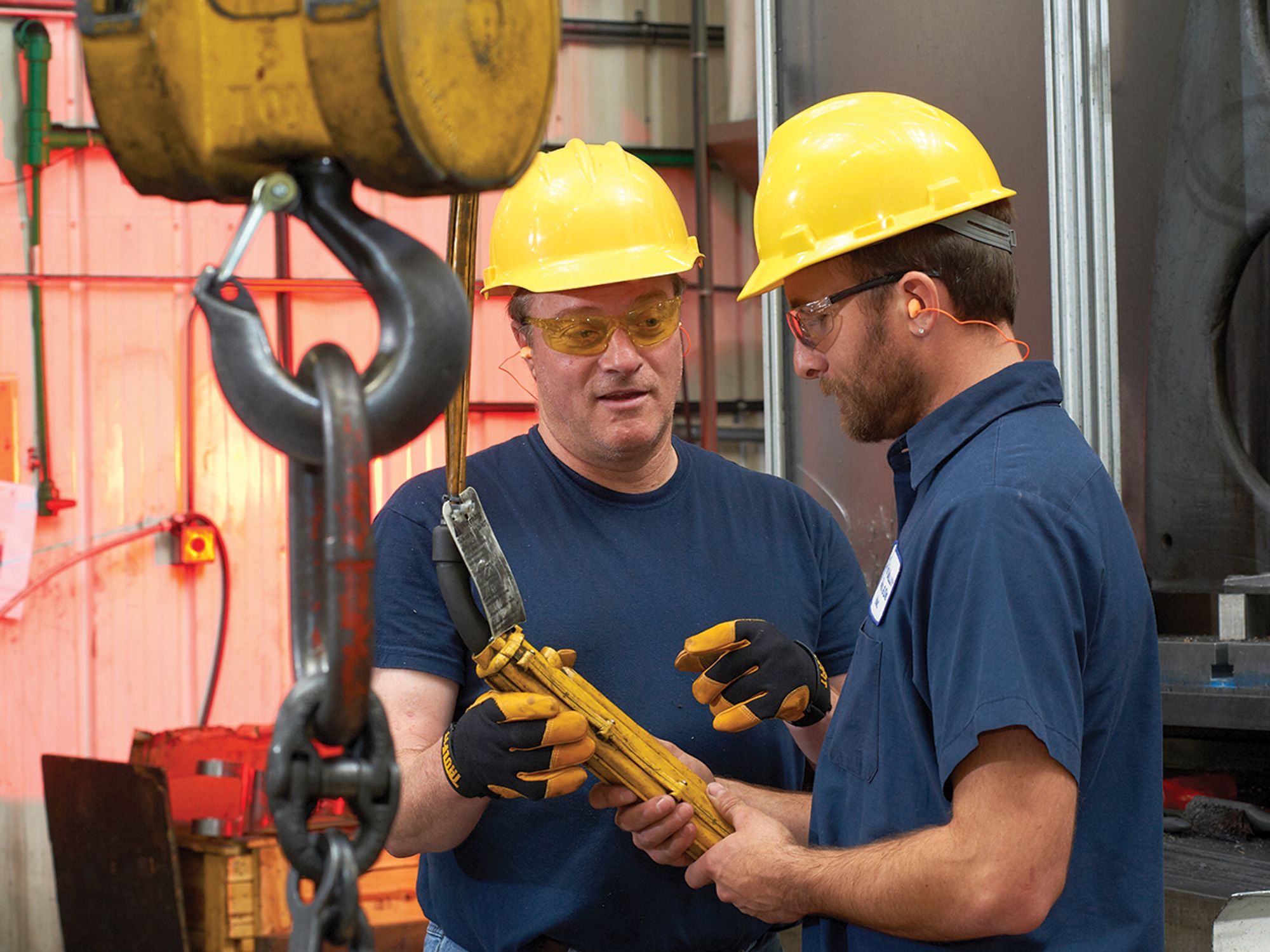Crane hook safety issues

- Safety latches on sling hooks are required in only some situations.
- Employees are not allowed to tie off to the hook of an overhead crane.
Whether the Occupational Safety & Health Administration (OSHA) requires a safety latch on a sling hook depends on the activity for which the sling is being used. While the standard for slings provides that “[s]lings shall be securely attached to their loads,” the section does not explicitly require that the hook be equipped with a safety latch.
Use of a hook with a safety latch would, of course, be one way of securely attaching a sling to its load. (Other standards, such as those for derricks, do include explicit requirements for latch-type hooks.)
In addition, OSHA often considers the provisions of industry consensus standards when evaluating whether a hazard is “recognized” and whether there is a feasible means of abating that hazard. One such provision that OSHA considers is ASME 30.2-2001, Overhead and Gantry Cranes, which does require “latch-equipped hooks” be used if practical and necessary for the lift.
Note: OSHA does not allow employees to tie off to the hook of an overhead crane. They address this issue in a still-valid letter dated April 4, 1993: “Work cannot be performed from a suspended load or hook ...”
